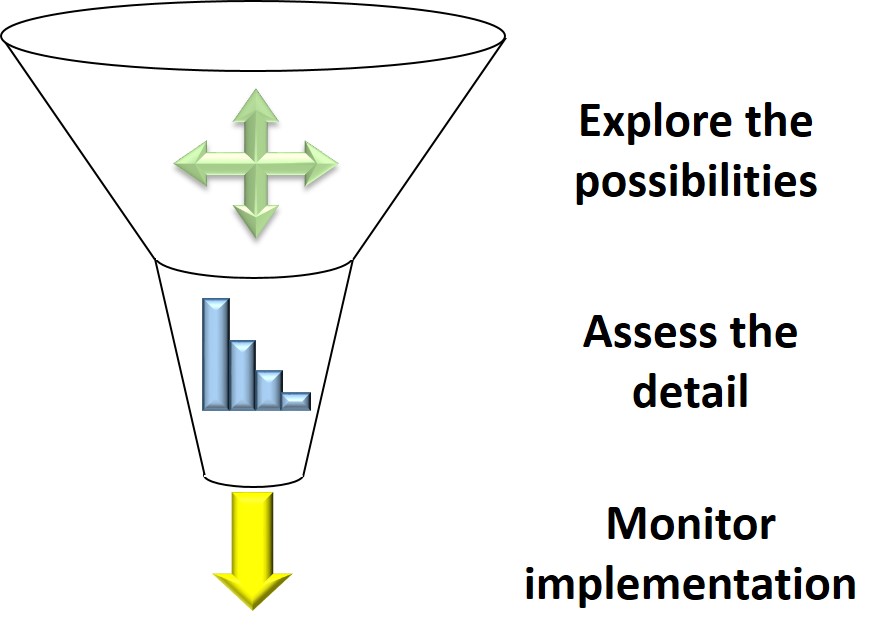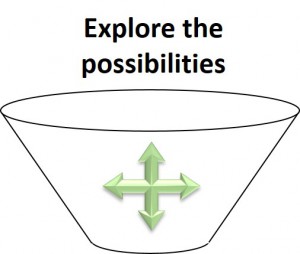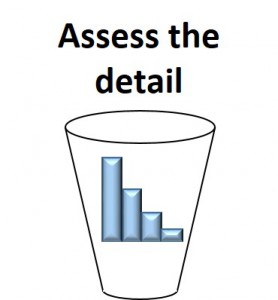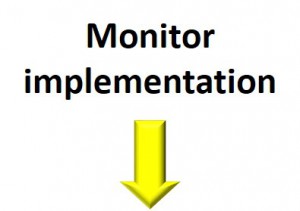Explore, learn and decide through Adaptive Experimentation

Observing natural behaviour will give us some insights into complex and emergent situations and how we may be able to influence them to achieve our objectives (create organizational change, launch a successful new product, improve the performance of a team, etc), but often we also need to perturb or probe the situation to test our ideas and insights and to generate further insights. This is Adaptive Experimentation.
Imagine that you are required to develop a presentation to report to the Executive Team on the progress of a complex project. You have a range of options about how to position and structure the presentation. You could structure it as a timeline of activities and progress, or could focus only on the project achievements and progress against budget, or on the current and projected benefits for the organisation. You could primarily use bullet points, or images and video, or no visual aids at all. You could include contributions from the members of the project team or from stakeholders in the organisation. The possibilities are numerous. How do you decide between these possibilities? You could just modify a presentation from a previous project or you could design a presentation that fits the context of this project and audience and that clearly emphasizes the key messages you want get across. Clearly, the customized design-based approach will produce the better result, but it takes time and effort. Adopting an Adaptive Experimentation approach will develop an effective presentation with minimum effort.








Follow Us!